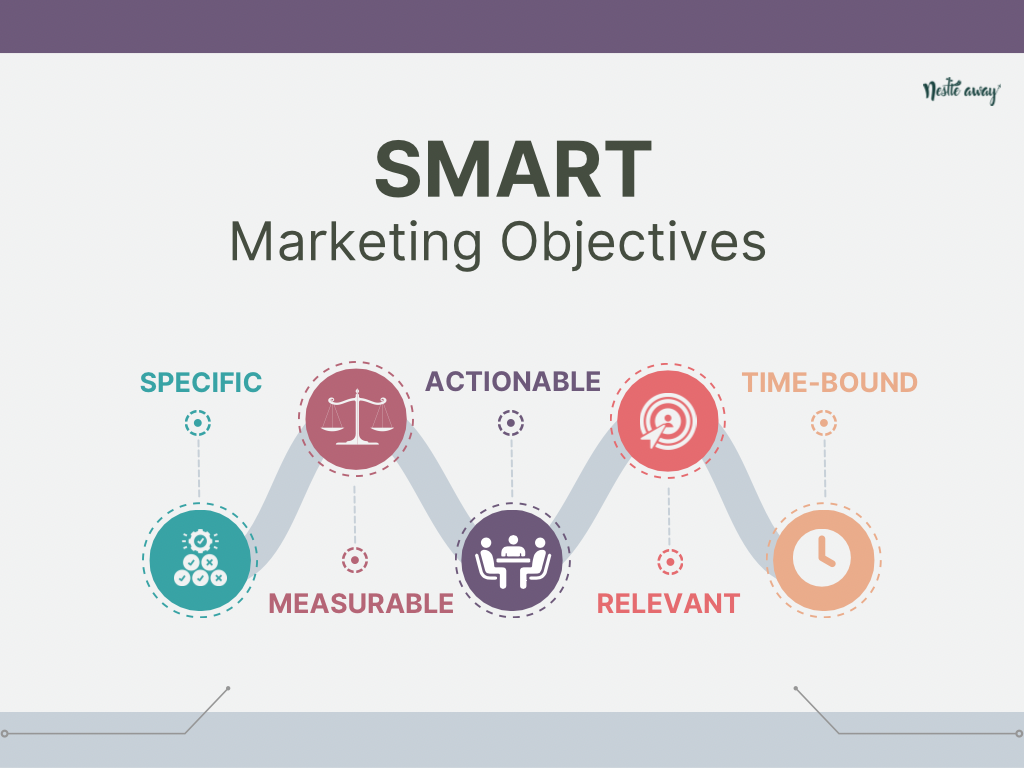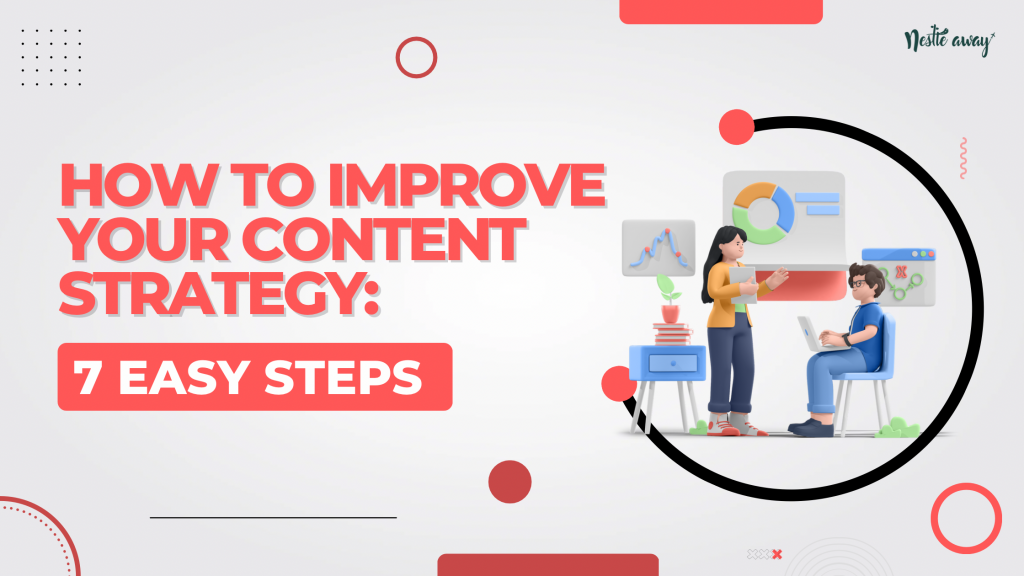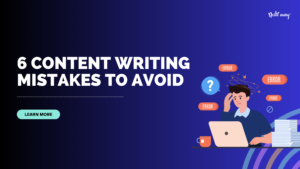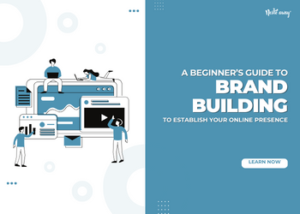Imagine hopping into your vehicle and you start driving, however, you need to figure out when or where you want to reach. Marketing without a practical content strategy framework feels the same. Content planning strategy has become a potent tool in a world keen on consuming content. It helps businesses achieve goals through increased visibility.
Whether you’re an amateur or expert in content marketing, there is always room for learning and revisiting your content strategy framework. Ensuring your content is engaging, innovative, and in sync with the latest fads requires getting a few basic aspects of content planning and strategy right. They are as follows:
1. What Do You Want To Achieve?
Identifying goals helps to ensure that the content created aligns with the overall purpose and objectives of the business or organization. It provides direction and clarity for the content planning process and helps to focus efforts on creating relevant, valuable, and useful content for the intended audience. By setting clear goals, content creators can better understand the needs of their audience and tailor their content to meet those needs, ultimately leading to more effective and successful content.
2. Who Do You Want To Reach Out To?
Identifying the target audience ensures that the content created is relevant and valuable to the intended audience. Understanding the characteristics, needs, and preferences of the target audience can help content creators to develop content that resonates with them, addresses their pain points, and provides solutions to their problems.
By tailoring content to the target audience, content creators can increase engagement, build trust, and establish credibility with their audience, ultimately leading to a more successful content strategy. Additionally, identifying the target audience helps to ensure that content is distributed through the appropriate channels and in the most effective formats, further increasing the chances of reaching and engaging prospective customers.
3. What Is The Problem Question?
A problem question is a powerful tool in content planning for effective marketing because it helps identify the specific challenges or pain points that your target audience is experiencing. By understanding the problems your audience is facing, you can tailor your content to address those specific concerns and offer solutions that will resonate with them.
Problem questions are an essential part of effective marketing because they help you understand your audience, guide your content creation, and increase engagement. By focusing on the problems your audience is facing, you can create content that resonates with them and ultimately drives business results.

4. Do You Know Your Unique Selling Point (USP)?
A unique selling point (USP) is a distinctive feature or benefit of a product or service that sets it apart from its competitors. In the context of content planning and strategy, your USP is what makes your content unique and valuable to your target audience.
By identifying and utilizing your USP in your content planning and strategy, you can create content that sets you apart from your competitors and resonates with your target audience. This can help you build brand awareness, establish thought leadership, and drive business results.

5. What Will Be The Output Format?
Your target audience should be your primary consideration when choosing an output format. What types of content do they prefer? What formats are they most likely to engage with? For example, if your target audience is visual learners, you may want to consider creating infographics or videos.
The output format you choose will depend on the resources you have available. What skills do you have in-house? What tools and equipment do you have access to? For example, if you don’t have access to a video production team, you may want to focus on formats that are more achievable, such as blog posts or infographics. Finally, it’s important to test your content and iterate based on what works best. Track engagement metrics such as views, shares, and conversions, and adjust your output format accordingly.
6. Which Ones Are The Publishing Channels?
When deciding which channels to publish your content on, you should focus on understanding your target audience. You should identify which channels your audience is active on and which channels they prefer to engage with.
Moreover, you should have a clear idea of what are you trying to achieve with your content. Are you trying to drive traffic to your website, generate leads, or build brand awareness? Your goals will help you determine which channels are most effective for achieving your objectives.
A multi-channel approach is the most effective way to reach your audience and achieve your content goals. However, you should prioritize the channels that are most likely to yield the results you are looking for, based on the factors listed above.
7. How To Handle Creation And Publication?
Simultaneously handling the content creation and content publication for the social media pages of a business can be challenging, but it’s essential to maintain an active and engaging presence on social media. So how to manage both tasks effectively?
By creating a content calendar, setting aside time for content creation, scheduling your content in advance, engaging with your audience, and monitoring your performance, you can effectively handle both content creation and content publication for your business’s social media pages.
Ready To Step Up Your Content Strategy?
A practical content strategy framework is a vital tool for businesses in today’s world to achieve their goals through increased visibility. The key to a successful content strategy lies in identifying the goals, understanding the target audience, identifying the problem question, knowing your unique selling point, choosing the output format, deciding on publishing channels, and effectively handling both content creation and publication.
By getting these aspects right and focusing on creating relevant, valuable, and engaging content for the intended audience, businesses can establish thought leadership, build brand awareness, and ultimately drive business results. Remember, there is always room for learning and revisiting your content strategy framework, so stay open to new ideas and continuously improve your content planning approach.






